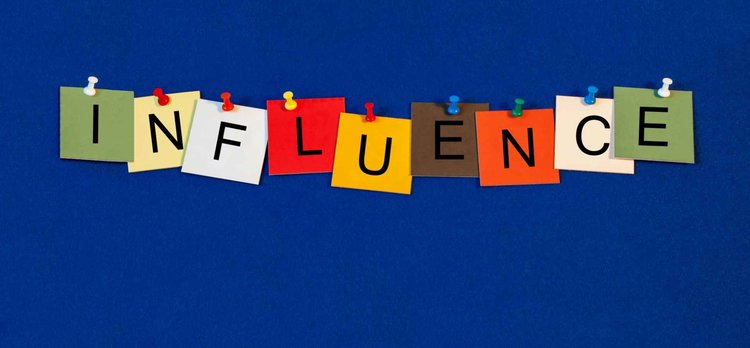A couple of weeks ago I finished the book Pre-Suasion by Robert Cialdini, the godfather of the scientific study of persuasion. His first book, Influence, was published in 1984 and went on to become one of the best-selling business books of all time. This new book is actually the prequel to Influence, and will teach you how to set up a situation to be optimally persuasive. In other words: Influences teaches you how to make a persuasive request. Pre-suasion teaches you how to set up the optimal context for persuasive requests.
Here are the top lessons from the book:
1. What you say, or do, before you make a request is just as important as the request itself.
All of us walk through life with ever-shifting preferences. One day we wake up and are in an eggs and toast mood. Another day we wake up and are in a yogurt and orange juice mood. Part of this is just due to random chance, but part of it is also due to the stimuli we’re bombarded with throughout the day. Perhaps we watched an episode of Seinfeld the night before our egg and toast cravings, in which George and Elaine eat breakfast for dinner–making the thought of a Denver omelet dance through our subconscious that night.
We’ve all had the experience of thinking about purchasing something, maybe a car, and then suddenly seeing it everywhere. We’ve primed our brains to be attentive to it. I just had this happen with the new iPhone 7. After watching the Apple iPhone 7 keynote I suddenly noticed them all over the place (even though they’ve been out for weeks already).
By activating an object or a concept in someone’s mind, we’re increasing the importance of that thing for a short amount of time. This sets the stage for persuasion to occur.
2. Be congruent – set up the situation so that the context is aligned with your request.
If you’re trying to get a friend to go on a last minute roadtrip, you probably don’t want to remind them of “how responsible and hardworking” they are. By having them think about the fact that they’re an upstanding professional, you’re activating the wrong ideas in their head. Any request to do something daring and a tad bit irresponsible will be met with resistance. Instead, if you remind them of the times they’ve been adventurous, they’ll be much more likely to comply with your request.
In the book, Cialdini gives a nice example of a study involving an online furniture store. One version of the site had a landing page background image of clouds, while the other had an image of pennies. When visitors encountered the cloud-filled version, they increased how important they thought comfort was in a sofa. In addition, they “became more likely to search the site for information about the comfort features of the sofas in stock and, most notably, to choose a more comfortable (and more costly) sofa as their preferred purchase.” What do you think happened with those exposed to the penny wallpaper? You guessed it. They ranked price as more important in their couch purchase decision, and paid more attention to the cost of the various offerings than the other experimental groups.
If you’re selling a product, you want to prime people to pay attention to the thing that you truly excel in. Remember the couches.
3. Strike while the iron is hot.
Every environment primes us in different ways. We’re constantly being bombarded with different stimuli and requests, and our internal landscape shifts along with our external world. Thus, you can’t expect any specific priming effect to last very long. You have a small window shortly after you’ve primed someone to act. As the old saying goes, “strike while the iron is hot”. How long do you have? We don’t really have a solid answer for that. It varies from context to context. The key thing to remember is, striking sooner is better than striking later. In the perfect world, your priming will occur right up to the moment of the request.
Be elegant. Be strategic. Use priming to your advantage.





